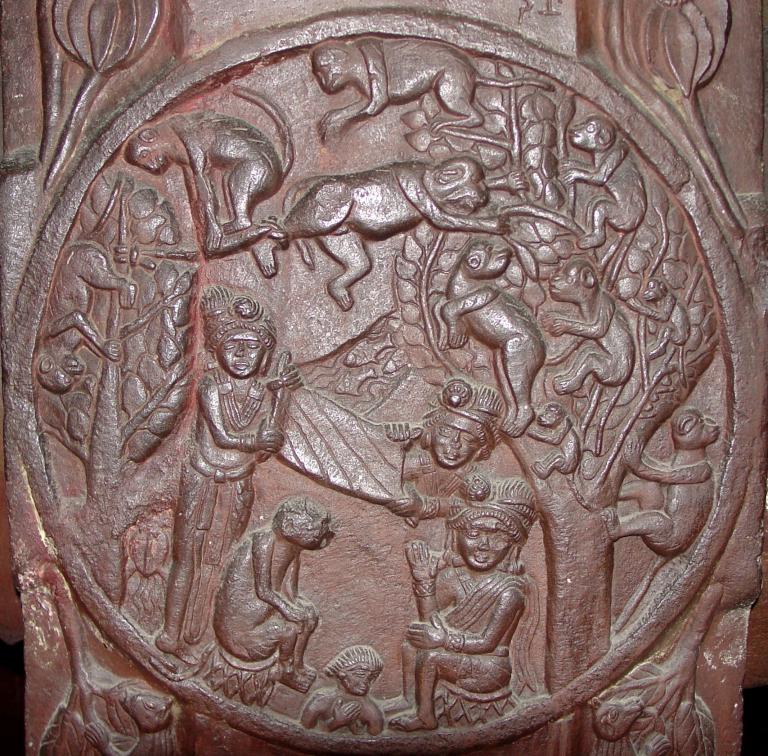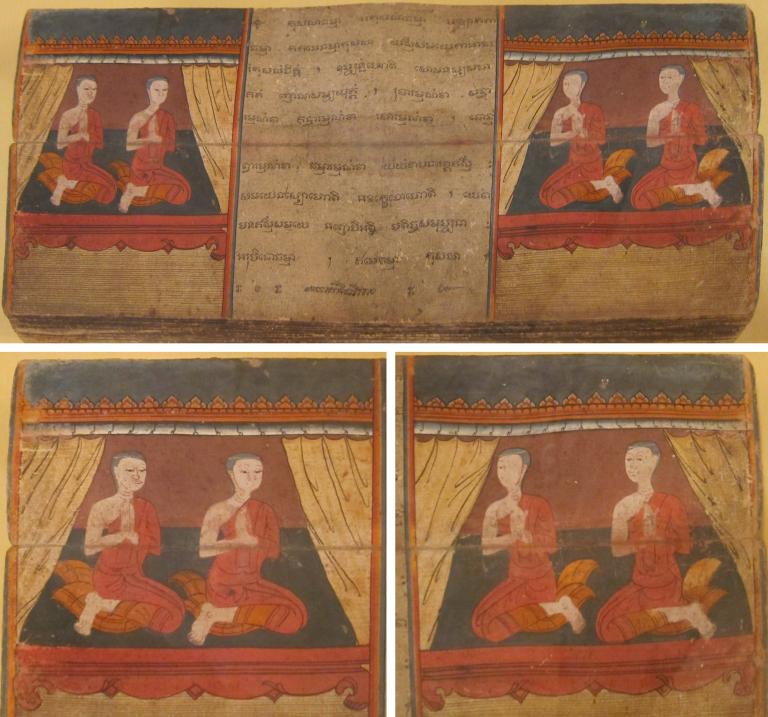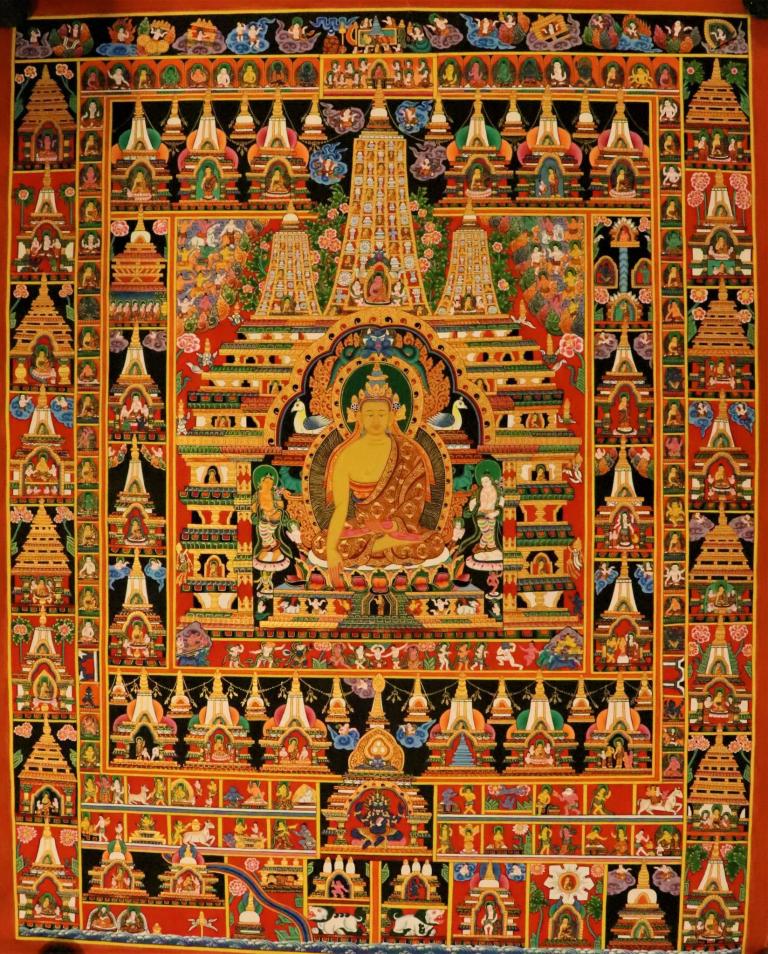Buddha Karma Stories(Causes in Buddhism)
2 min readIn Buddhism, the relations among things are utilized to illustrate the phenomenon of their appearance and changes, in which the major conditions of the appearance and destruction of a thing are called causes while the other subsidiary conditions are called subsidiary causes, and the combination of the two parts is called causes.

In the grottoes paint pictures of various kinds of Foyinyuan stories, the composition and location are usually similar to those of the stories of Jataka Yet there are two things different between the two: firstly, Buddha is usually the hero in pictures of Foyinyuan stories while the heroes in the pictures of Jataka stories can be Bodhisattvas, people or even animals and the content of the latter is more difficult to be recognized and distinguished; secondly, Foyinyuan stories emphasize the almightiness of the Buddha and that people’s enshrinement and worship of the Buddha and the in the middle of these pictures usually sits Buddha who leans to one side with one or two people relative to Buddhist affairs. Take for example Nidana of Light a lantern in Paribbajaka carved in 175th cave of the Kizil Thousand-Buddha Grottoes.

It describes the man named Fanzhi wore a piece of white felt cloth on his head inthe dark and lighted the oil lamp to enshrine all immortals. Another example is Nidana of Posach which reveals the situation that Buddha of Paintings Posach stood before the painting cloth held by a man with a painting bowl in his left hand and a brush in his right hand to draw a picture of Buddha. In addition, the picture of Nidana of Sami’s Suicide for Abstinence can also be seen in the 178th cave of the Kizil Caves which talks about the deed of a young acolyte who fell in love with the daughter of an elder when he begged for food before the house of the elder. To keep himself spotless and uphold precepts, the boy committed suicide. What is also available to people is Nidana of Sumati’s Worship Buddha in the 224th cave of the Kizil Caves which mainly tells the story of an elder woman who invited Buddha and followers to her husband’s home and made the whole family convert to Buddhism. There are still other famous works.
In the grottoes, every painting has its own theme and form of art witha purpose of inculcating Buddhism in all living creatures. If you make acomprehensive survey of the figures, costumes and social life that are demonstrated in these paintings, you will find that they are filled with scenes of the real world and break away from the extent of Buddhism, which are, therefore, rich in senses of life and have recurred some style and features of the country Qiuci at the time.









